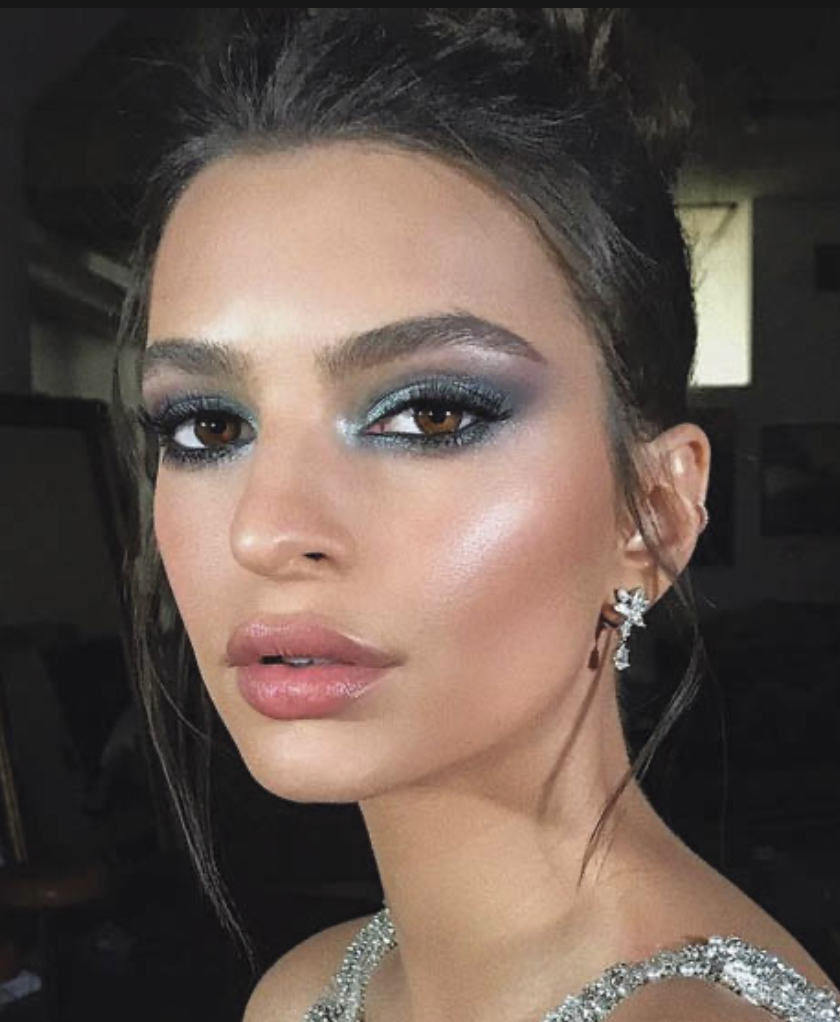Illuminating Beauty: Mastering the Art of Highlighting for Luminosity with makeup
As a professional makeup artist, one of your key skills is to create a radiant and luminous complexion for your clients. Highlighting is a technique that adds a touch of radiance and glow to specific areas of the face, enhancing natural beauty and creating a youthful, luminous look. At Joanna Blair School of Makeup and Hairstyling you’ll learn the art of highlighting and explore how you can master this technique to achieve stunning results as a professional makeup artist.
Understanding the Purpose of Highlighting:
Highlighting is the process of applying a light-reflecting product to specific areas of the face to create dimension, enhance features, and bring forward a luminous glow.
It helps to accentuate the high points of the face, such as the cheekbones, brow bone, bridge of the nose, and cupid's bow.
Choosing the Right Highlighter:
Select a highlighter that complements your client's skin tone and desired effect.
Opt for shades with a subtle shimmer or dewy finish for a natural-looking glow, or choose a more intense metallic or holographic highlighter for a bold and luminous effect.
Prep and Prime:
Before applying highlighter, ensure the skin is well-prepped and moisturized.
Use a hydrating primer to create a smooth canvas and help the highlighter blend seamlessly into the skin.
Highlighting Techniques:
Apply the highlighter to the high points of the face, such as the cheekbones, using a fan brush or a small fluffy brush for precise application.
Sweep the highlighter along the top of the cheekbones, blending it upward toward the temples for a lifted effect.
Apply a small amount on the bridge of the nose, cupid's bow, and center of the forehead to add a subtle glow.
Layering and Blending:
Layering is key to achieving a buildable and seamless glow.
Apply the highlighter in thin layers, gradually building up the intensity until you achieve the desired luminosity.
Blend the highlighter softly using a clean brush or a damp makeup sponge to ensure a natural and diffused effect.
Customization for Different Skin Tones:
Consider the undertones of your client's skin when choosing a highlighter shade.
Champagne or gold-toned highlighters work well on warm-toned skin, while rose gold or pearl shades complement cool-toned skin.
Experiment with different shades to find the most flattering and luminous effect for each client.
Additional Highlighting Areas:
Explore highlighting other areas to further enhance the glow, such as the inner corners of the eyes, brow bone, and collarbones.
These subtle touches add dimension and create an overall radiant look.
Conclusion: Highlighting is a transformative technique that adds a luminous touch to any makeup look. By understanding the purpose of highlighting, choosing the right product, employing proper techniques, and customizing for different skin tones, you can master the art of creating a radiant and glowing complexion. As a professional makeup artist, highlighting will become an essential skill in your repertoire, allowing you to enhance your clients' natural beauty and create stunning, luminous looks. Embrace the magic of highlighting and let your clients shine with inner radiance.

